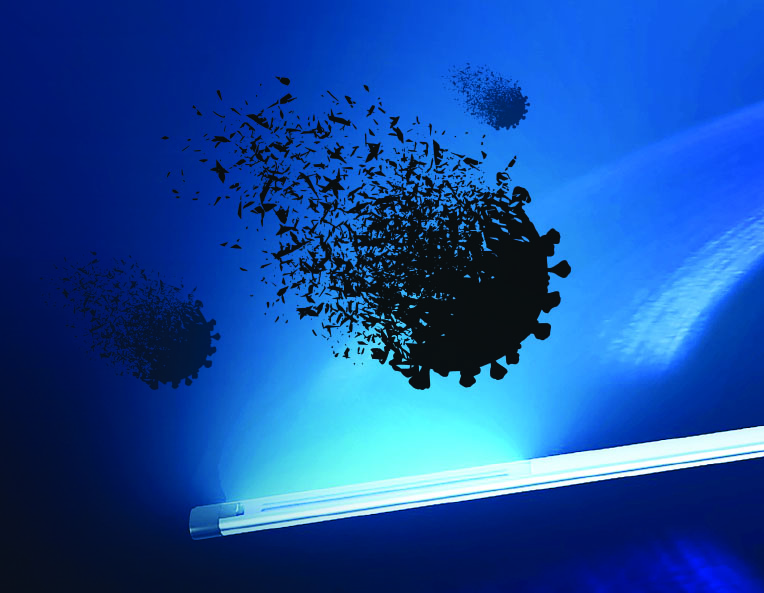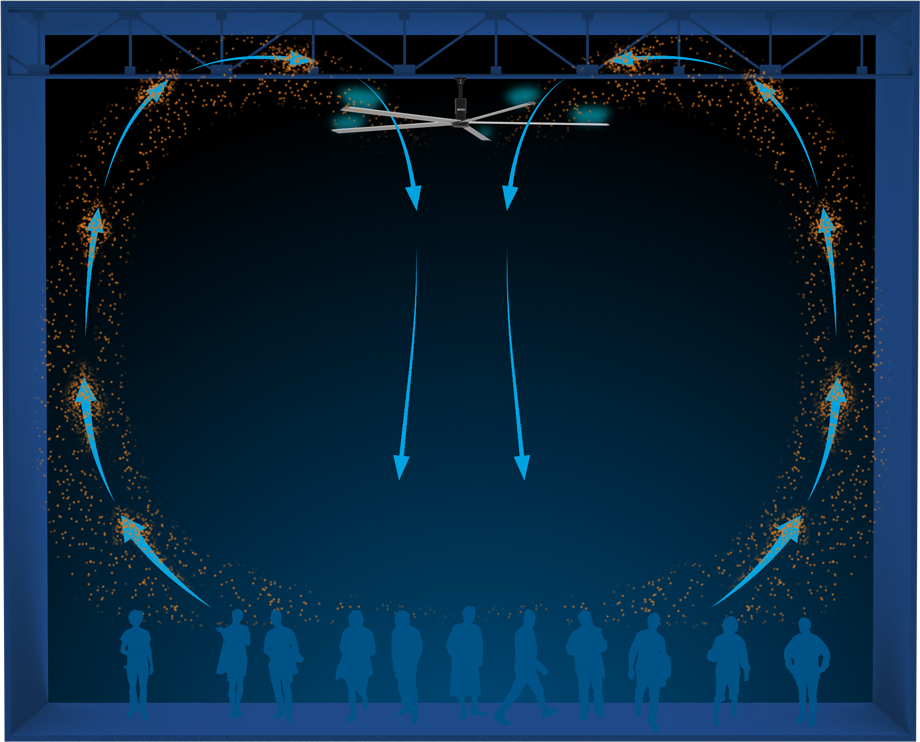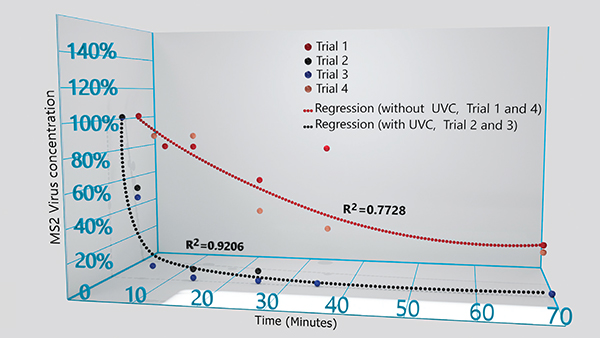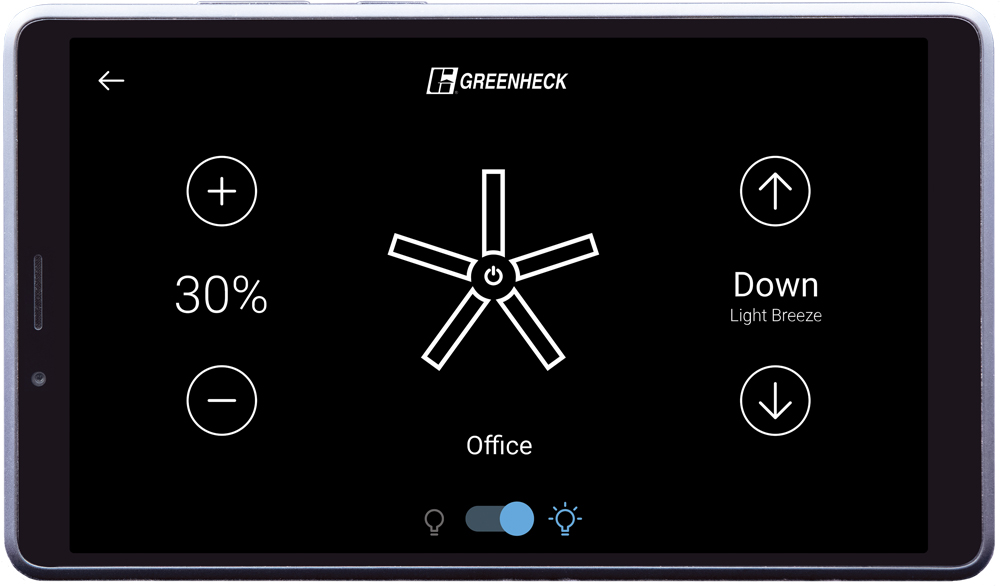UV-C Light — Proven, Powerful, Effective
Upper room UV lighting systems (also known as UVGI - ultraviolet germicidal irradiation systems) have been used for decades to fight infection in medical facilities. This proven technology is recommended by the CDC, ASHRAE, and other organizations as an effective solution to reduce the risk of airborne virus transmission, and its use has recently expanded into commercial ventilation systems.

How Does UV-C Light Inactivate Pathogens?
UV-C radiation inactivates pathogens by damaging their genetic material (DNA or RNA) rendering the affected virus or bacteria unable to replicate. The amount of UV-C light needed, also called the kill does is well established for a variety of airborne pathogens. Typically, a kill dose refers to the amount of radiation (joules) required per square meter to kill or inactivate 90% of the microorganism.
Pathogen
Type
UV Dose
Source: https://uvsolutionsmag.com/stories/pdf/archives/180301_UVSensitivityReview_full.pdf
Safety First
Overhead HVLS fans design directs UV-C light away from occupants, minimizing UV radiation exposure for safe use in occupied spaces. Installed at a minimum of 10 feet above the floor, further prevents direct line of sight to UV-C lights.
Independently Verified
Independent third-party research conducted by the Danish Technological Institute (DTI) concluded that Greenheck overhead HVLS fans is “the most efficient system for disinfection and distribution of large air volumes while occupants are present in the room."
Innovation Applied™
How Greenheck overhead HVLS fans Northern Light Technology Works

Air Movement
As the fan operates, contaminated air from the lower portion of the room is circulated to the ceiling where it is exposed to powerful UV-C light as it moves across the fan's blades. The resulting clean air is then circulated back into the lower portion of the room where occupants are present, thereby lowering their risk of infection.

Light Placement
Non-ozone generating UV-C bulbs are installed near the tips of the fan blades where the majority of air movement occurs. UV-C light is directed upward, exposing airborne pathogens to a kill dose and quickly inactivating them.
Backed by Research and Data


Greenheck overhead HVLS fans have been tested in conditions that simulate real-world applications.
Using a space representative of a classroom or automotive garage, independent researchers from the Danish Technological Institute performed full-scale testing of the Northern Light system using aerosolized MS2 virus. MS2 virus contains an ssRNA (Single Stranded Ribonucleic Acid) genome similar to SARS CoV 2 (coronavirus that causes COVID-19) making it a viable surrogate virus for the purpose of this research.
In the largest controlled experiment studying inactivation of airborne viruses using UV-C light,
the Northern Light system demonstrated effective air movement and disinfection. Results show
greater than 91% inactivation of the MS2 virus after 10 minutes of exposure to the UV-C light
and air movement provided by the fan, and 95% inactivation after 15 minutes**.
**
Results will vary based on room size and number of HVLS fans present.
For an Executive Summary of the research findings, .


